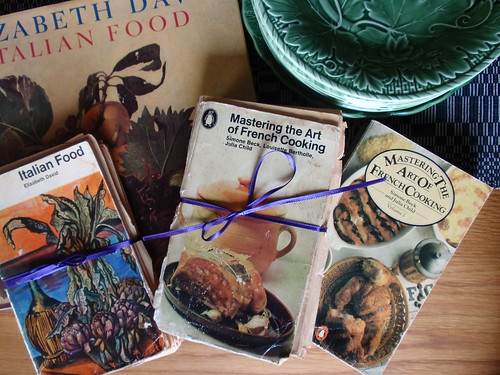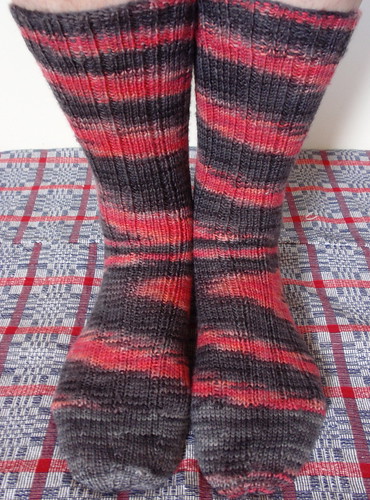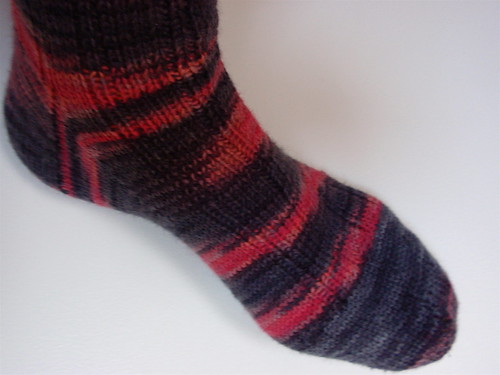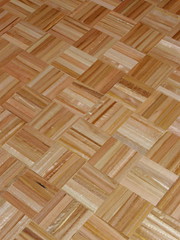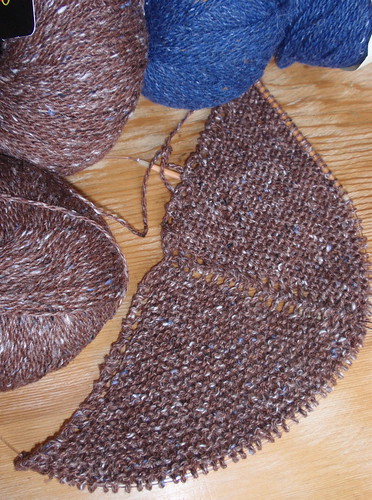Why has it taken me so long to discover just how beautiful rural Victoria is? I've visited Melbourne many times and enjoy it greatly, but apart from
last year's road trip that followed the Victorian side of the Murray River for a few days, I'd not visited rural Victoria since I was a child.
Earlier this month my friend Jan and I spent a meandering week or so in central Victoria - leading up to the
Australian Sheep and Wool Show in Bendigo.
I've spent some time trying to work out what it is that makes Victoria so different from country New South Wales, so this is the first of my very amateur speculations on these differences. Victoria is of course smaller than New South Wales and the distances between towns - while still considerable - are less than in NSW. In addition, the farm lands (at least in the parts we visited on this trip) are richer and more bountiful so that the landscape is more intensively shaped by human habitation.
But beyond this sense of a 'worked' landscape, there was evidence of great civic spirit. Many of the towns we visited were gold field towns, created from the gold rush that began in the 1850s, and immeasurably affluent in a very short period of time. What I found remarkable is that this wealth so rapidly found expression through the creation of public buildings and impressive infrastructure projects - such confident expressions of civic pride:

Courthouse, Beechworth,1858
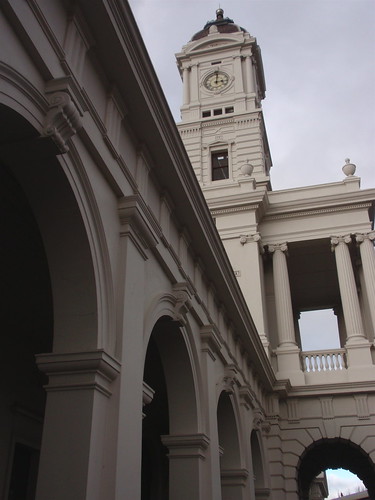
Ballarat Railway Station, 1862-1891

Nineteenth century gates and signals, Ballarat Railway Station
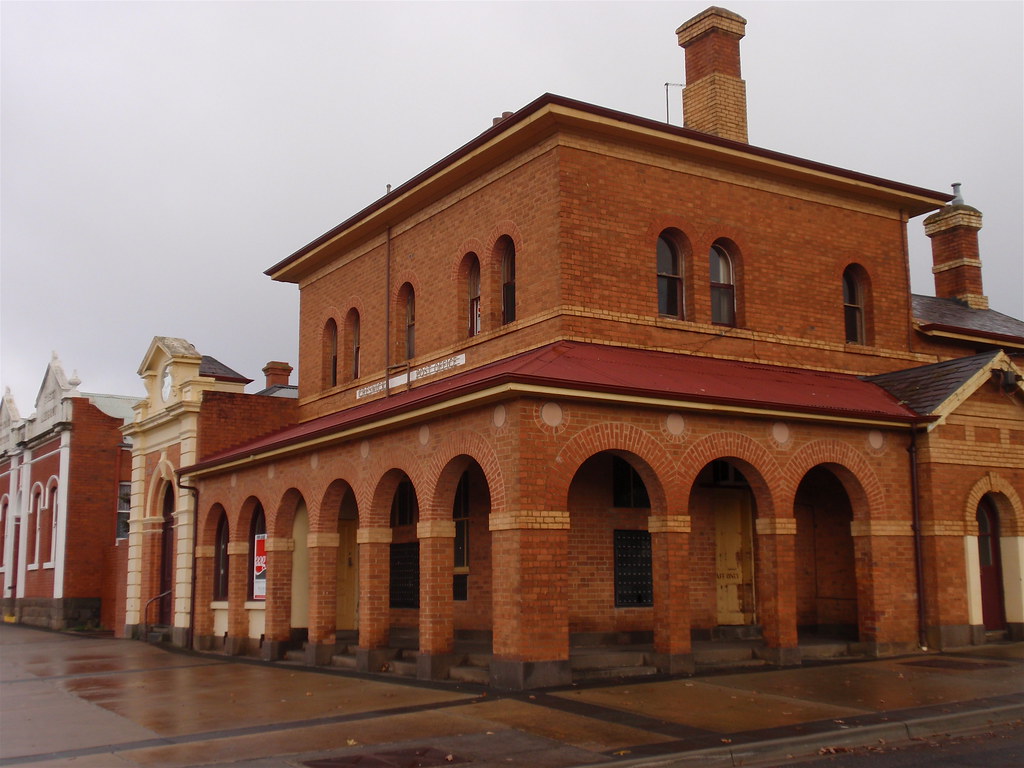
Creswick Post Office, 1862
I particularly love the soaring ambition of public structures such as the Clunes Town Hall, a very grand structure in what is now tiny village.

Town Hall, Clunes, 1872.
Even more notable than the public developments were the organisations, and their embodiment in buildings, that were voluntary associations of people coming together for more or less good causes - the libraries (often called athenaeums), mechanics' institutes, clubs whose aims included or excluded certain categories of people, galleries and theatres, and later in the nineteenth century, trades unions.
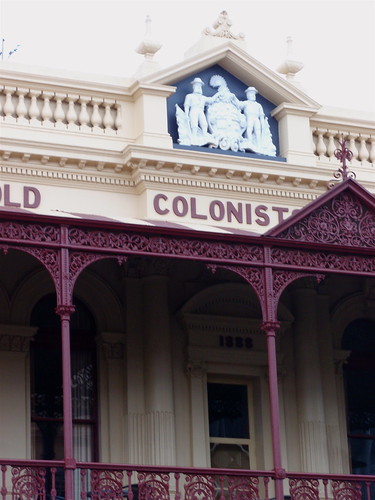
Old Colonists' Club, Ballarat, 1888 (finally open to women in 1997)
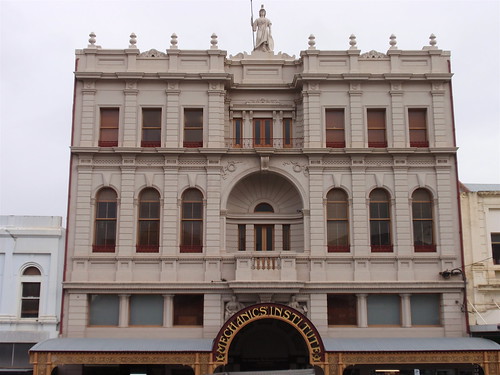
Mechanics' Institute, Ballarat, 1859

Ballarat Fine Art Gallery, 1884
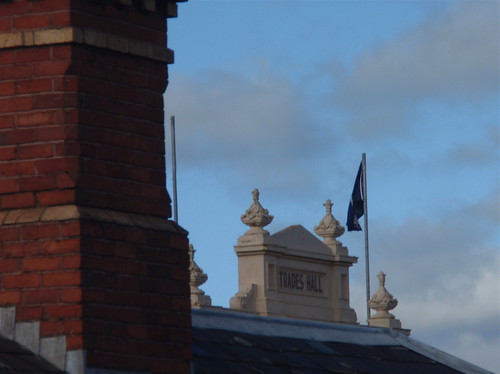
Ballarat Trades Hall, 1887-88
And then, of course, there are the grand memorials to trade and to industry - shops, banks, and stores. These buildings have such confidence in a grand future. We often forget that the nineteenth century was a time of great enterprise and innovation...and of great risk-taking in a new land.

Lydiard Street, Ballarat

Union Bank Building, Ballarat, 1864 (Love this one. This elegant, classical-style bank was built only twelve years after gold was found in Ballarat!)
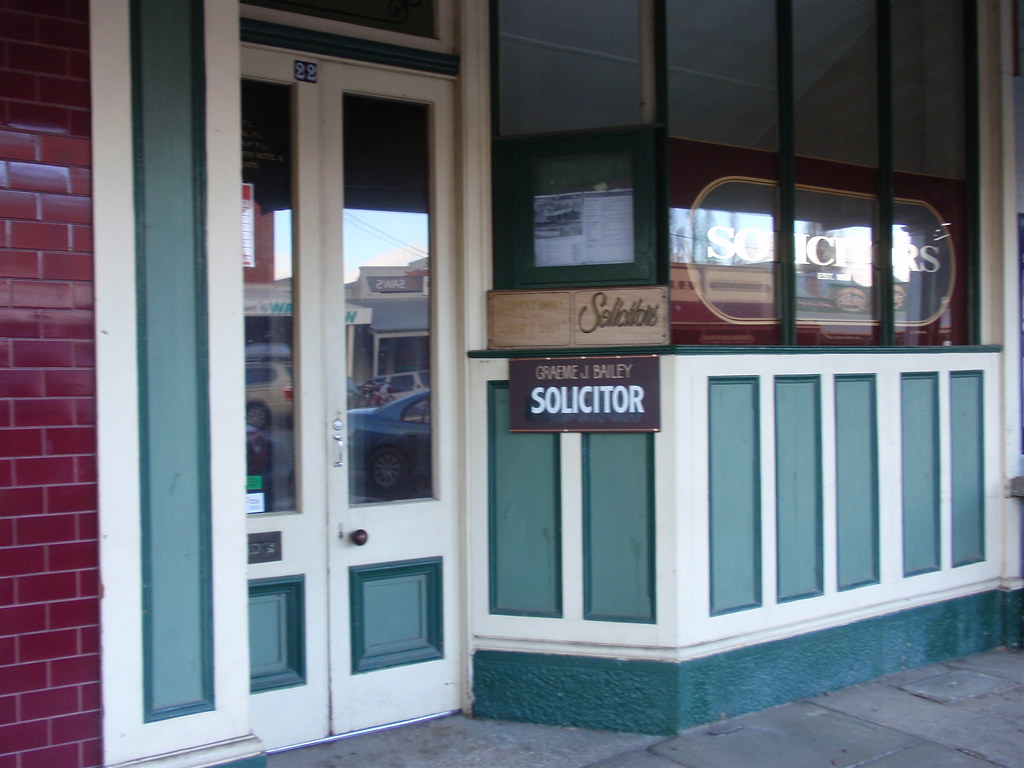
Shop-front from the 1880s, Beechworth.
Through good luck or good management, many of these Victorian towns and cities have mercifully escaped the modernisation impulse that swept through NSW towns in the 1960s and 70s, removing so much of their character and individuality.
So many of these towns have been left with impressive architectural heritage that's now valued and preserved. But the other thing I found interesting was how deeply their intellectual and historic connections mesh with our national development. As an example, the little town of Chiltern, just south of the Victorian /NSW border, has amazingly rich associations.

Conness Street, Chiltern
We stayed in Chiltern on the last night of our trip - mainly because it was a convenient stopping point on the long drive back to Sydney. We could profitably have spent a couple of days there. There are charming streetscapes, with glowing red brick buildings and wooden verandahs dating from the 1860s. But what astonished me were the connections of this tiny town to our heritage - Robert O'Hara Burke, the explorer of Burke and Wills fame, was stationed in Chiltern in the 1850's, just before his fateful expedition; Sir Isaac Isaacs, Australia's first Australian-born Governor General made his first political speech in the tiny Star Theatre in Chiltern; Ethel Richardson, later to become Henry Handel Richardon, author of a great novel -
The Fortunes of Richard Mahoney - lived in Chiltern as a child in the 1870s and used her beautiful childhood house, now a National Trust property, as a setting for that novel. You can't visit such a town without reflecting on all the threads woven into modern Australia.
The civic spirit I so admire also expressed itself through the creation of gardens and parks.'Botanic' gardens with century old specimens of exotic trees are common.
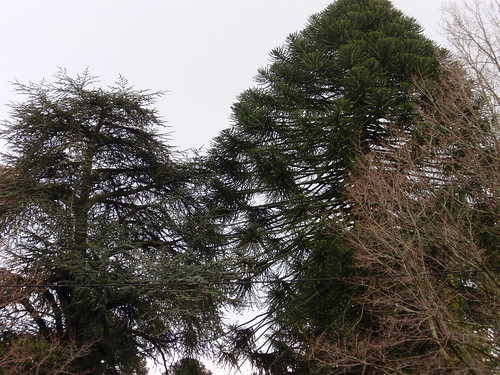
Town Hall Gardens, Beechworth
What I found even more interesting than the gardens were the projects to create lakes - often on land reclaimed from gold digging - as places for public use, and I imagine for respite from the dryness of summer. In mid-winter they were misty and peaceful and we often ate or drank coffee in the cafes and restaurants that fringe the lakes.
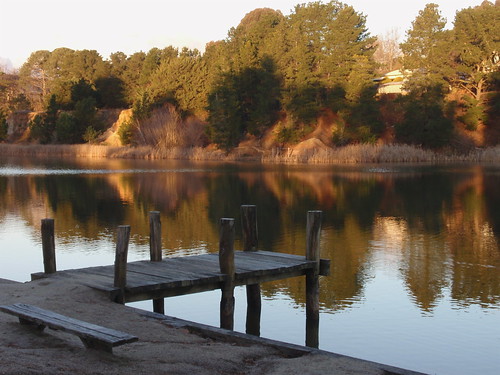
Lake Sambell, Beechworth
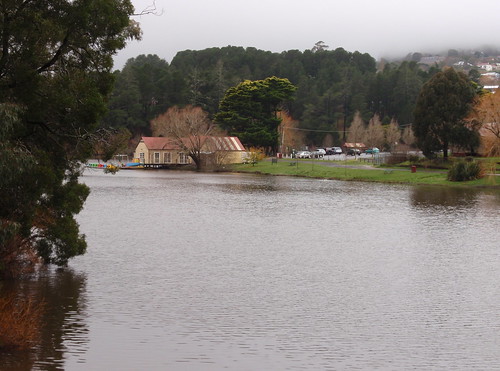
Lake Daylesford
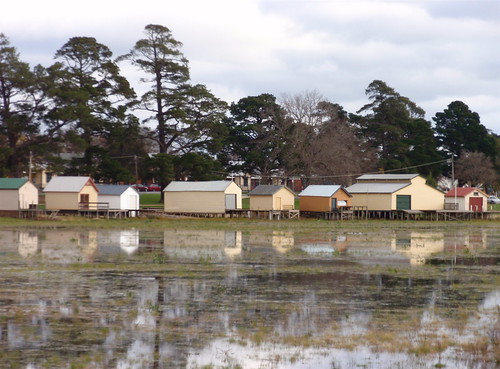
Rowing sheds, Lake Wendouree, Ballarat
Next post - insurrection!

